The artist created many paintings on religious themes, but at the same time treated them not as an adherent of Christianity, but as his creative imagination wanted, not restrained by


The artist created many paintings on religious themes, but at the same time treated them not as an adherent of Christianity, but as his creative imagination wanted, not restrained by
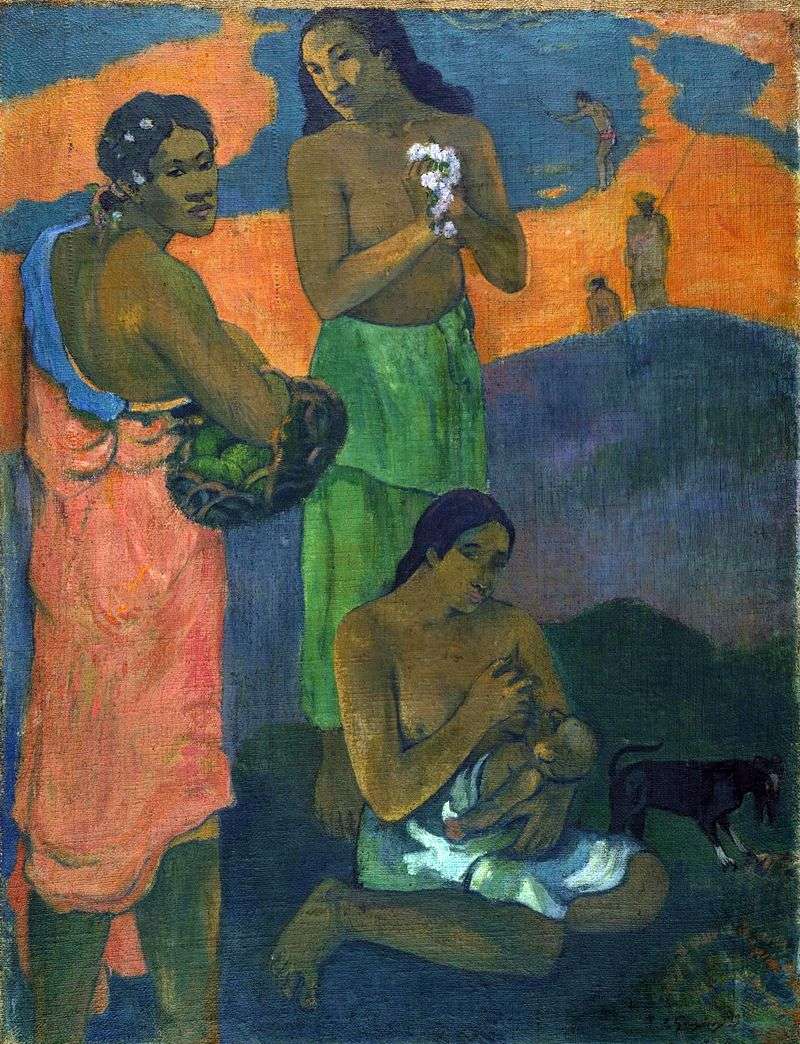
In March 1899, Pakhura gave birth to a son whom Gauguin called Emil. With this event Danielsson and several other researchers related the appearance of two paintings. Following Wildenstein, they

The Tahitian name of the canvas sounds like “Pape Mohe”. And this is a classic case for the entire creation of Gauguin – he even sought to ennoble the most
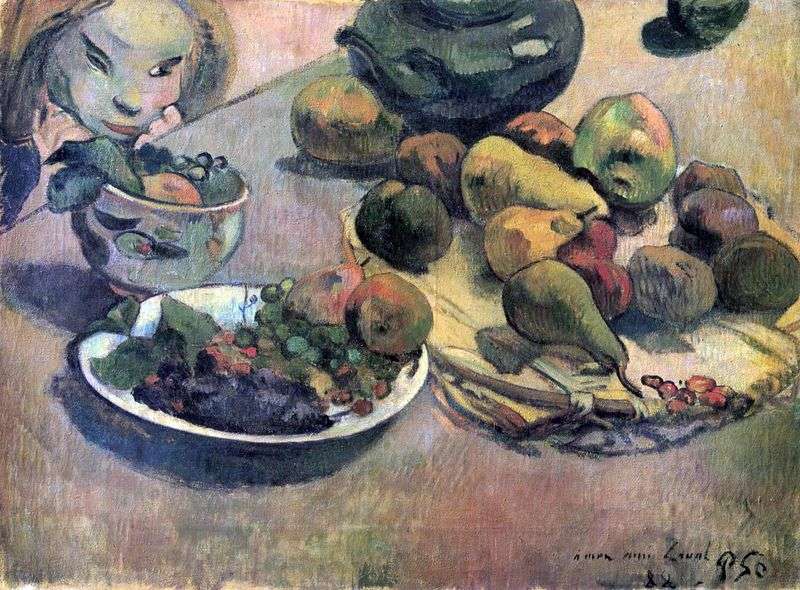
Paul Gauguin “Still Life with Fruit” Still life was always a popular genre of art known since antiquity. It seems that there is nothing special about it, everyday life of

Tahitian painting is the central layer of Paul Gauguin’s artistic heritage. And although he claimed: “The pictures painted here frighten me, the public will never accept them,” the painter never
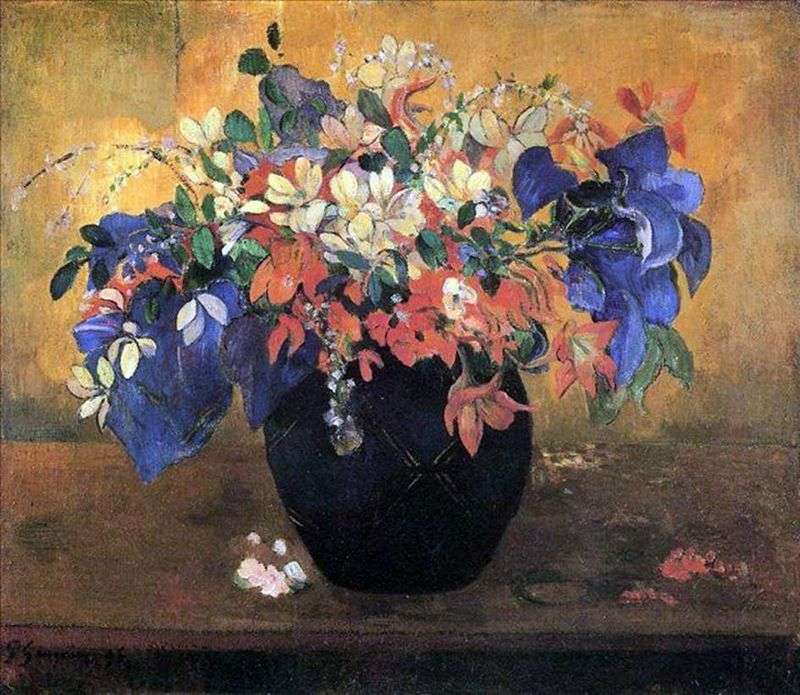
Returning to France But the life of Gauguin on Tahiti was very remote from being a paradise: to heartbreaking solitude and constant economic difficulties, the illnesses in his eyes added
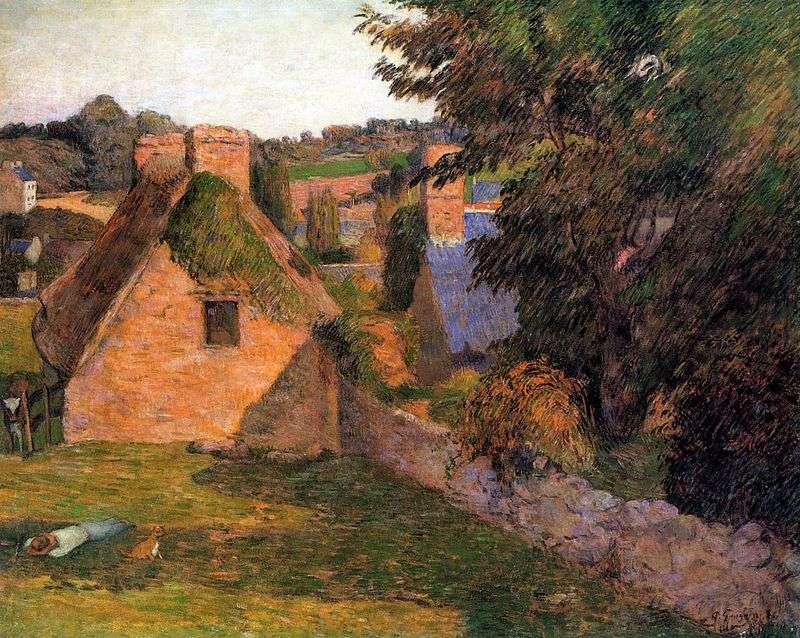
The landscape of 1886 with the narrative of the life of the French province of Pont-Aven was written by Paul Gauguin during his Breton journey in the summer of the
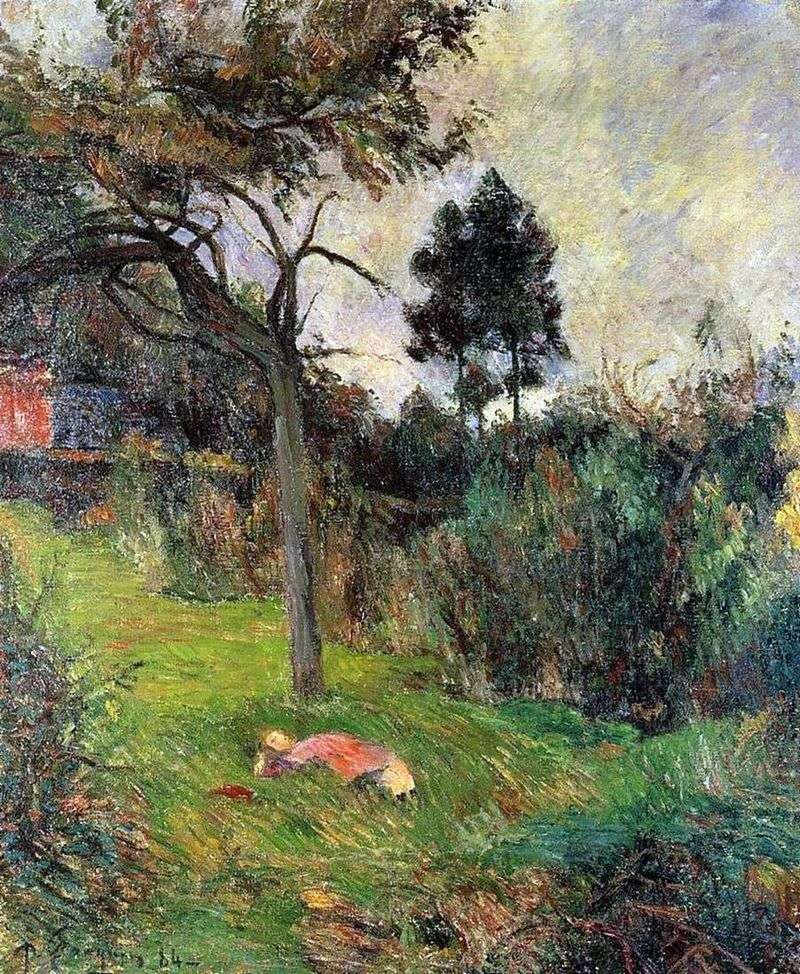
Having spent many years in Tahiti, among the natives and even feeding heartfelt affection for the fairer sex, the French artist Paul Gauguin, of course, diligently studied not only the
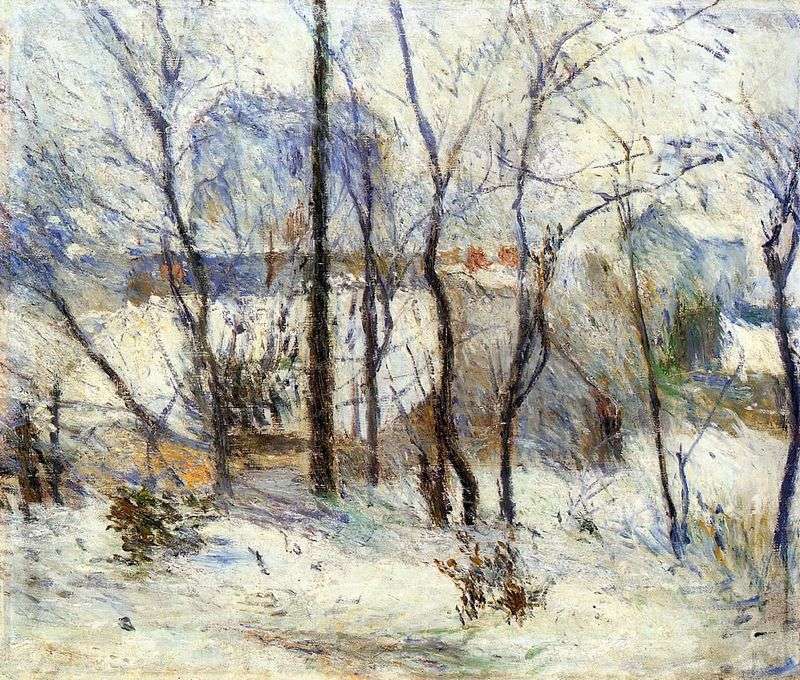
In the Museum of Fine Arts in Budapest, the picturesque work of the post-impressionist Paul Gauguin “The Garden in the Snow” is kept. The artist wrote it in 1879 during

The work of Paul Gauguin “The Road” is a canvas, saturated with colors and juice of pure color. It is written in the traditional direction of post-impressionism, revered by the
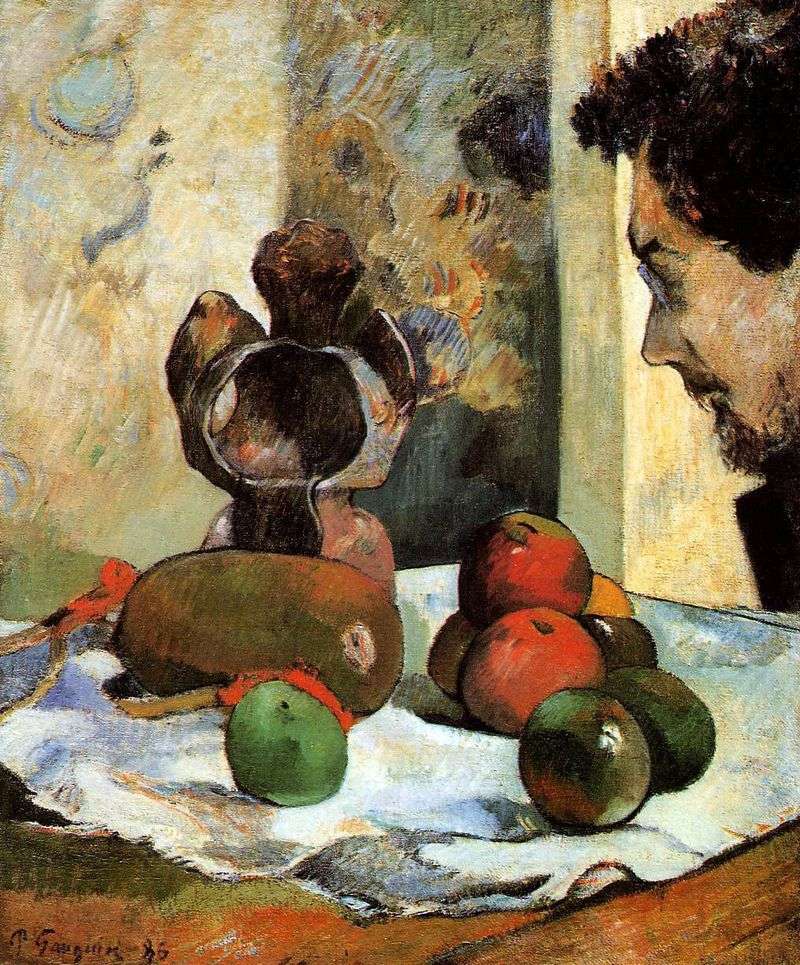
“Still life with the profile of Laval” – canvas, oil. The painting was written in 1886 by the French artist Paul Gauguin. To date, the canvas is exhibited at the
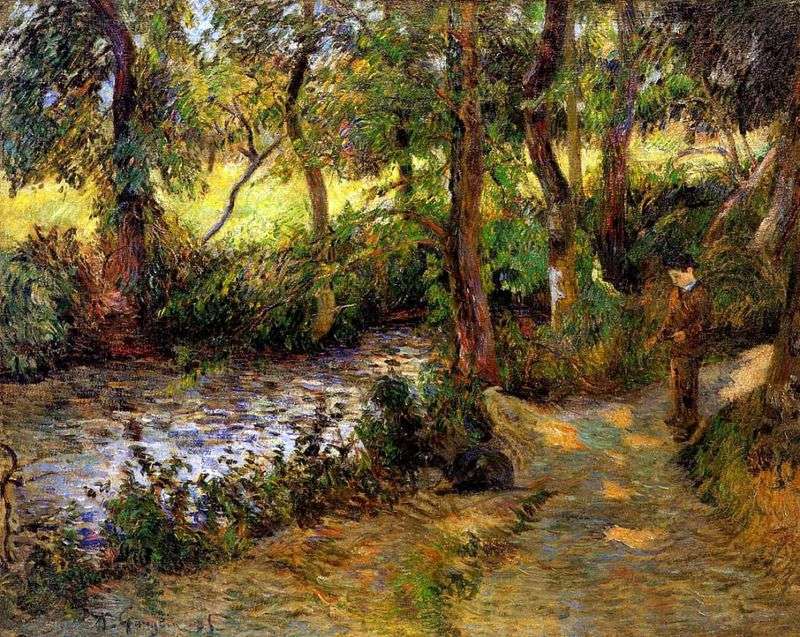
How many interesting things have we learned about water in the most recent time! Especially thanks to the film “The Great Mystery of Water”. However, even ancient Sumerians firmly knew:
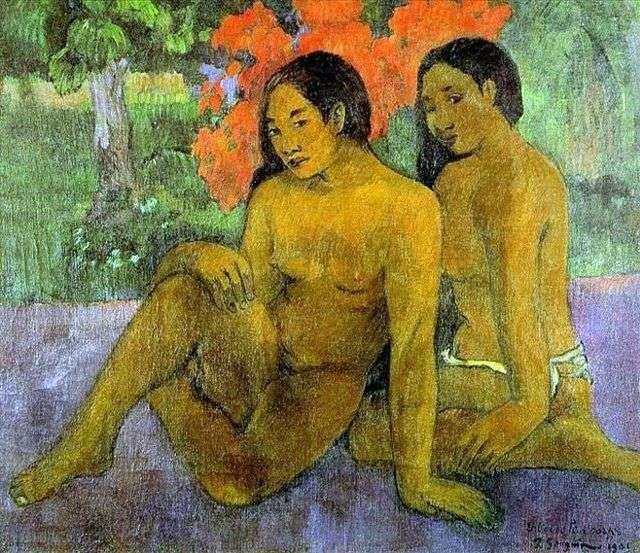
In 1901, Paul Gauguin settled on the island of Dominica, builds a house on stilts and in the same year, wrote a picture of “Gold of their bodies”, in which
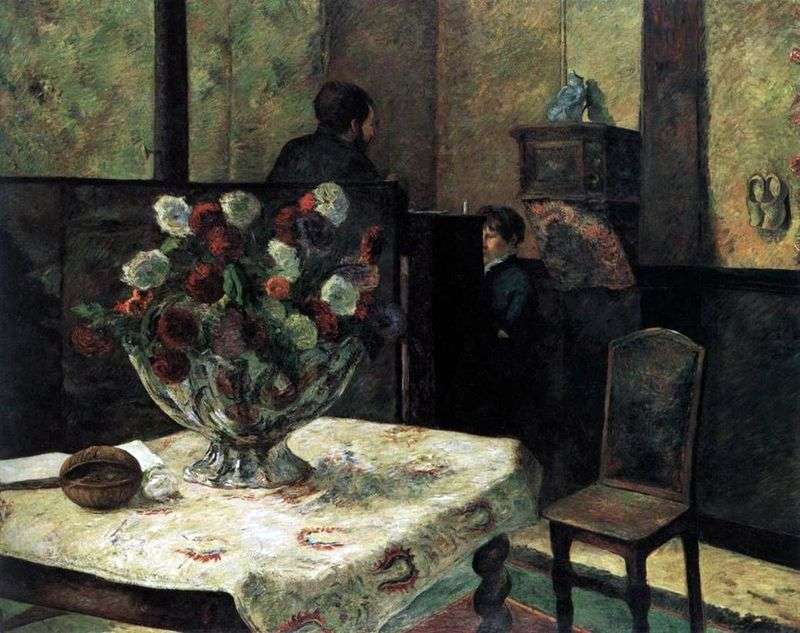
The work is very significant and unusual. This picture refers to the beginning of Gauguin’s work. Here we will not find either decorative, or a particular relation to color, nor
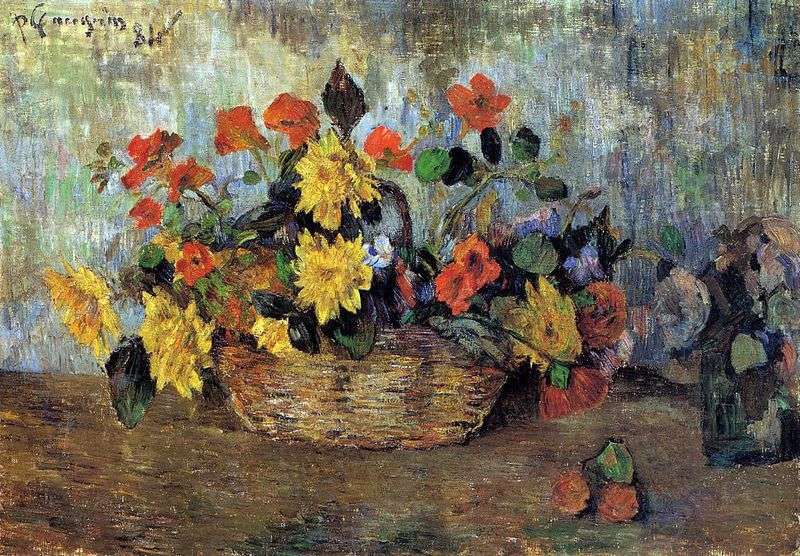
Consistently embodying the covenants of his teacher Pissarro, the artist conveys in this picture, written in 1884, the entire complexity of the composition. Dahlias and nasturtiums carefully painted by the

“Symbolic self-portrait with a halo” or “Self-portrait grotesque” was created by the artist in 1889 and refers to the Breton period of the artist’s work. The history of the creation
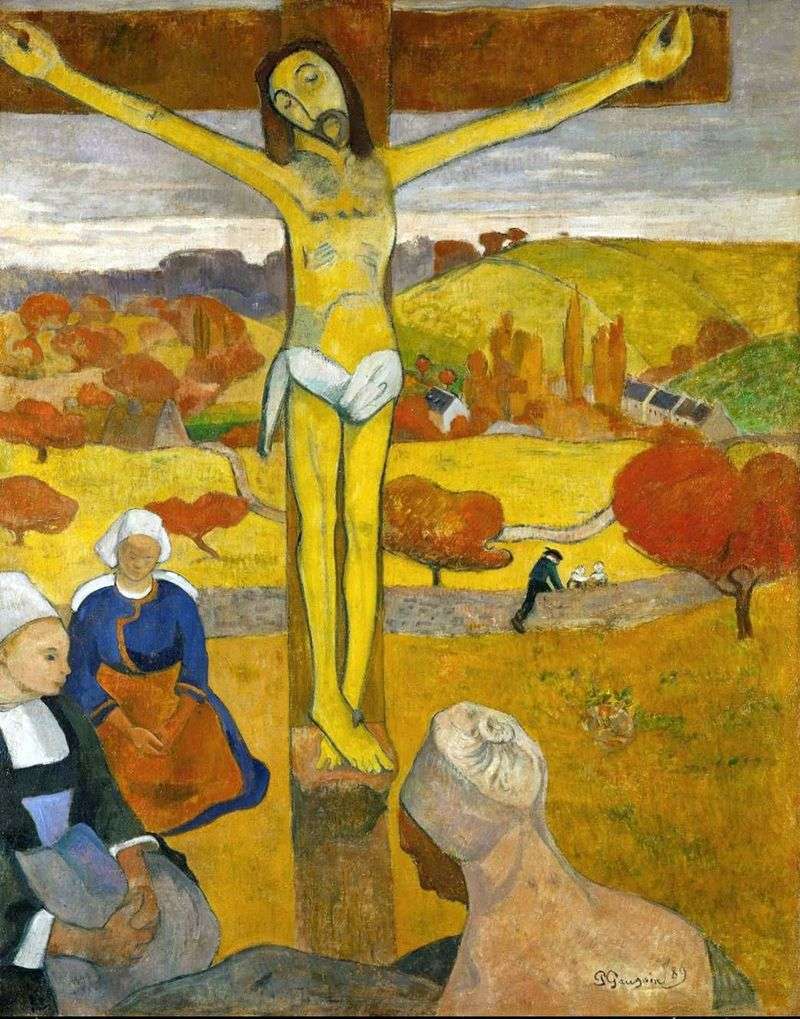
One of the most controversial works of Gauguin. Some see in it a deep philosophical reflection of the painter, while others tend to regard the author as a sacrilegent who
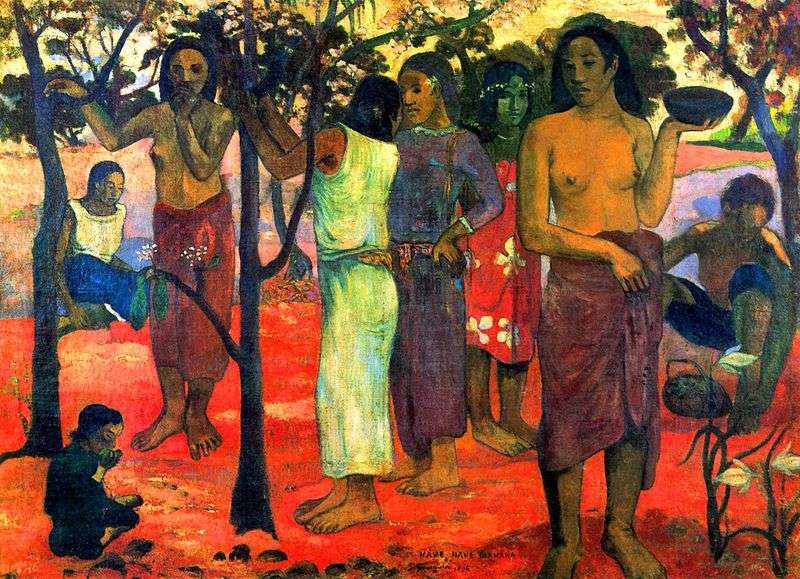
In 1891 Gauguin sailed to Polynesia in order to avoid European civilization and “everything that is artificial and usual.” His works of that period are full of quasi-religious symbols and
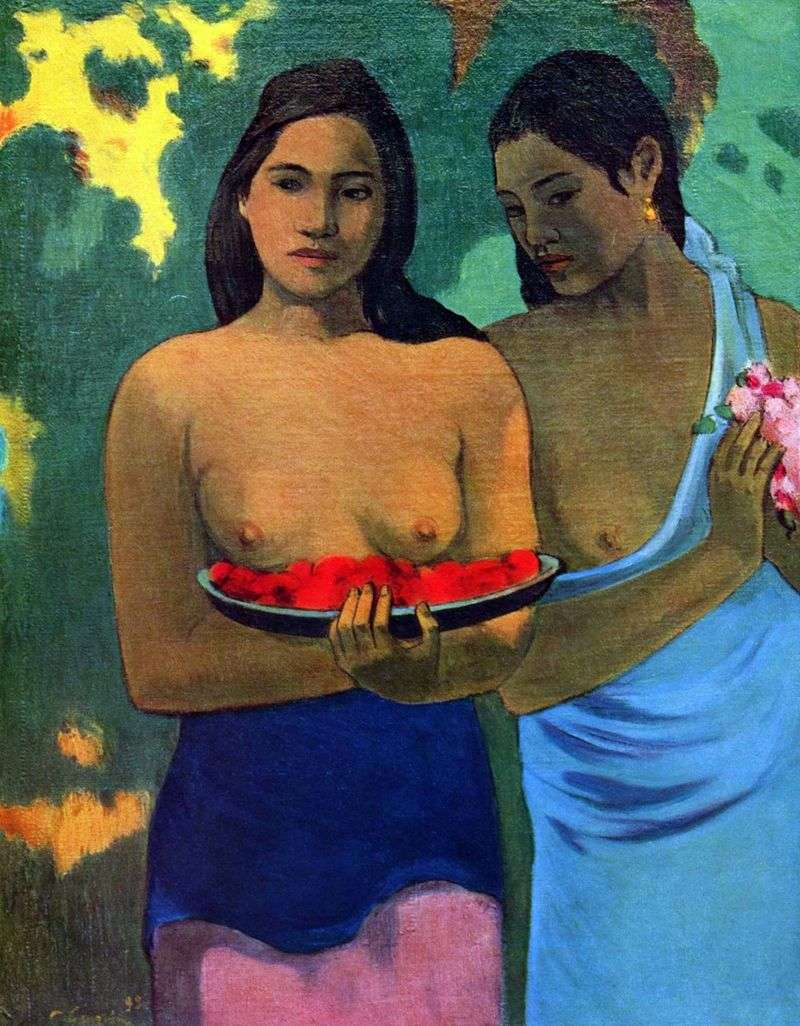
Paul Gauguin decided to move to Tahiti not immediately. The road there ran through the French province of Brittany, which was located at a distance from the noisy and bohemian
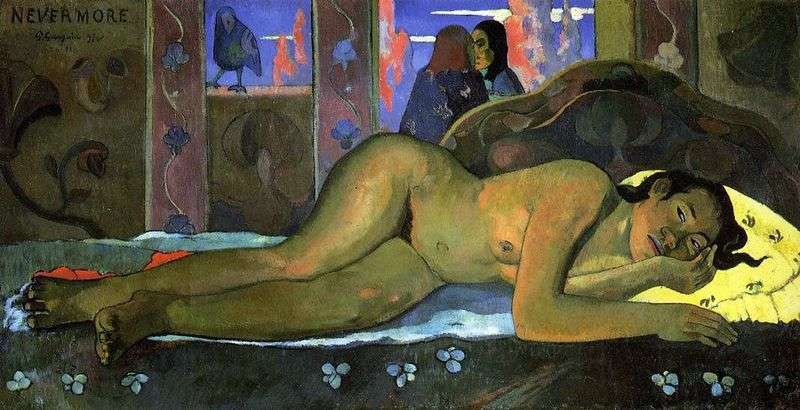
February 1897 was filled with productive work for Gauguin. Immersed in creativity on an exotic island, the painter regularly sends his completed works to the continent through the cruiser “Duge-Truen”
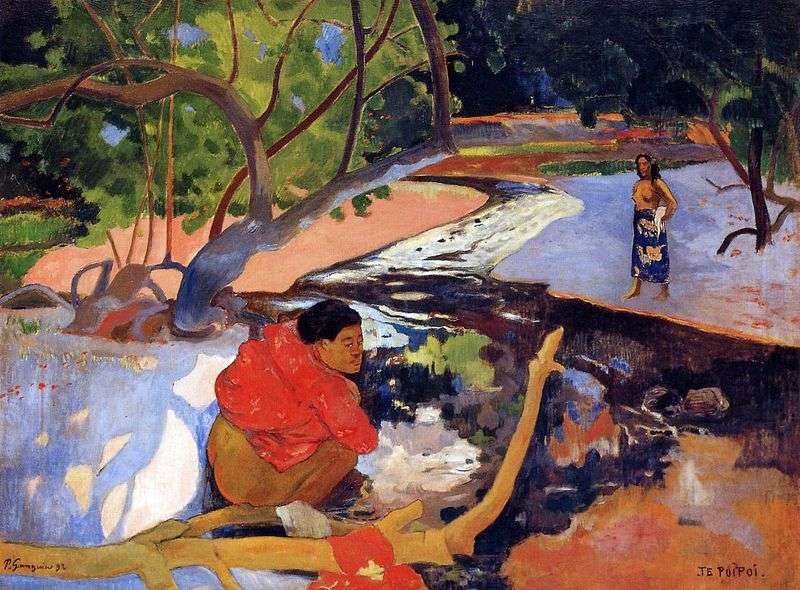
Picture “Morning” French talented artist Paul Gauguin wrote in 1892 during his first trip to Tahiti. He was fascinated by the local nature, the exotic naturalness of the Tahitian inhabitants.